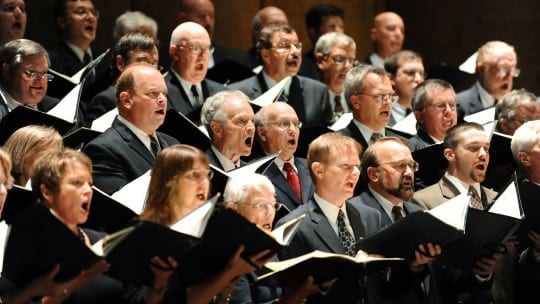
A famous conductor of a world-class orchestra was asked by a dinner guest if his group was the best on the planet. "When we play together, we are," he answered. The questioner laughed. The maestro did not; he explained that even great orchestra musicians, like employees in a company, have a tendency to do things their own way instead of being a well-coordinated unit. At least the conductor has all his musicians in front of him. Not so for many CEOs, whose employees often are spread around various locations, perhaps in different countries. As communicators know, the ideal scenario is for the consumer, or anyone dealing with your brand, to receive a unified message. Getting that to happen is the issue.
In the excerpt below from PR News' Book of Media Training, Vol. 2, Ron Zwerin, CMO at the Financial Planning Association, discusses how members of large organizations can and should be singing from the same song sheet when it comes to delivering the brand’s message. Below are some of his tips:
- Through coordinated messaging and content efforts, PR pros can develop a unified voice for a brand, even if there are multiple departments in the organization. To do this successfully, media relations, PR and marketing activities should be developed and executed in tandem. Coordinating these efforts, steered by a messaging framework that maps the organization’s brand story, will help bring cohesion and direction to a multi-department organization internally and in the marketplace. The first step in cultivating a unified organizational voice is to develop a strong messaging framework communicating the organization’s overarching value and purpose. This framework charts the course for the organization and automatically establishes priorities. It creates a “song sheet” that all departments can sing from, since it succinctly captures the organization’s story.
- It is important to recognize that media are now just one audience in an ecosystem of influencers an organization needs to reach. Media relations campaigns now have to target a broader audience made up of any individual or group who can have an impact on an organization and its stakeholders. A media list is no longer enough. Instead, communicators need to build an influencer map and intimately understand what values drive those influencers. Investing time in this kind of stakeholder research is essential because influencers are being bombarded with electronic messages.
- Using a combination of the organization’s strategic goals and the influencers’ values, you can develop an overarching message that stretches across all business units. This messaging becomes the underpinning for all PR and marketing activities and helps ensure an organization’s media relations’ strategy is not an outlier. Having strong messaging will also allow an organization to develop content to integrate into an influencer relations campaign. By structuring communications with influencers around the larger story and packaging that story in various forms of content, influencers will be able to see the connections across an organization elevating the profile of all business units.
- Multiple program departments can have competing priorities and numerous subject-matter experts leading to an indistinct, rather than unified, story in the marketplace. To overcome these barriers, it helps to visualize organizational storytelling as being similar to how a book is structured: Each department has its own chapter, and the chapters must add up to a larger story that communicates the organization’s voice and vision. Explaining the goal of storytelling this way can encourage departments to get on board with this approach by highlighting how their piece of the puzzle fits into the overall strategy.
Click here for information on the full range of PR News guidebooks for communications professionals.
Follow Ron Zwerin: RAZ10
Follow Seth Arenstein: @skarenstein
